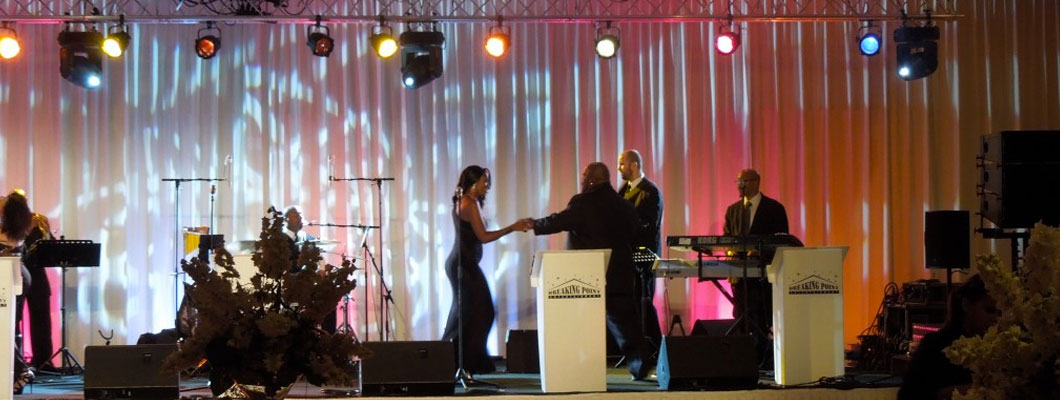Advantages of Light Emitting Diode Video Walls Compared to Traditional Projector Systems for Contemporary Graphic Displays
Light Emitting Diode video screens have become increasingly favored in multiple environments, such as educational institutions, corporations, and leisure venues. These advanced visual technologies offer several benefits over traditional projection technologies. Recognizing these advantages can help companies make knowledgeable choices about their display requirements. This article will examine the main advantages of Light Emitting Diode display screens, including brightness, visual clarity, flexibility, maintenance, and power conservation.One of the most significant advantages of LED video screens is their brightness. LED tech produces lively and bright images that can be readily seen in various illumination conditions. Unlike conventional projectors, which can struggle in brightly lit environments, Light Emitting Diode video walls maintain their sharpness and hue precision even in bright rooms. This makes them perfect for external events or locations with big windows. The elevated brightness levels ensure that the material displayed is always clear, making it easier for viewers to interact with the information being shown.
In furthermore to brightness, LED video walls provide enhanced image quality. They offer greater resolution and improved color reproduction compared to conventional projector systems. This means that images and videos displayed on an Light Emitting Diode wall appear crisper and more defined. The pixel density of Light Emitting Diode displays allows for close observation without losing sharpness, which is especially important in settings like exhibition fairs or conferences where attendees may be close to the screen. Furthermore, LED technology can produce richer dark tones and more vibrant hues, enhancing the complete aesthetic experience.
Flexibility is another important benefit of Light Emitting Diode video walls. These systems can be configured in various sizes and forms to fit varied spaces and design needs. Unlike traditional projection systems, which require a specific distance from the screen to operate properly, Light Emitting Diode display screens can be installed in a variety of environments. They can be curved, arranged, or even used in creative layouts to create distinct display presentations. This adaptability allows organizations to customize their display presentations to suit their particular requirements, making Light Emitting Diode display screens a flexible choice for any setting.
Maintenance is also a crucial factor when contrasting Light Emitting Diode display screens to traditional projector technologies. Light Emitting Diode screens generally require fewer upkeep over the years. Conventional projection systems often need bulb replacements and regular cleaning to maintain optimal functionality. In comparison, Light Emitting Diode tech has a greater duration and does not require regular changes. This reduces inactivity and upkeep expenses, making Light Emitting Diode display screens a more cost-effective option in the long-term future. Companies can concentrate on their presentations visit site rather than worrying about the maintenance of their display technologies.

Lastly, power efficiency is an important consideration for many organizations. LED video walls consume less power compared to traditional projection systems, which can lead to significant savings on energy bills. This is especially beneficial for businesses and venues that operate screens for long times. Additionally, the reduced energy consumption of Light Emitting Diode tech contributes to a lowered ecological impact, making it a more sustainable choice. By choosing LED video walls, companies can benefit from high-quality display displays while also being mindful of their energy consumption and environmental impact.
In summary, LED video walls offer numerous advantages over traditional projection technologies. Their luminosity, visual clarity, flexibility, low maintenance needs, and power efficiency make them an superior option for contemporary display displays. As technology continues to advance, LED display screens are likely to grow even more common in multiple settings, providing organizations with the tools they need to efficiently communicate and engage with their audiences.